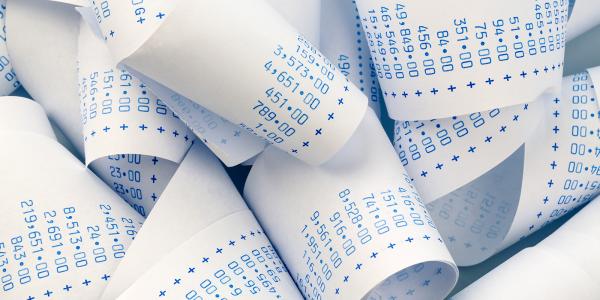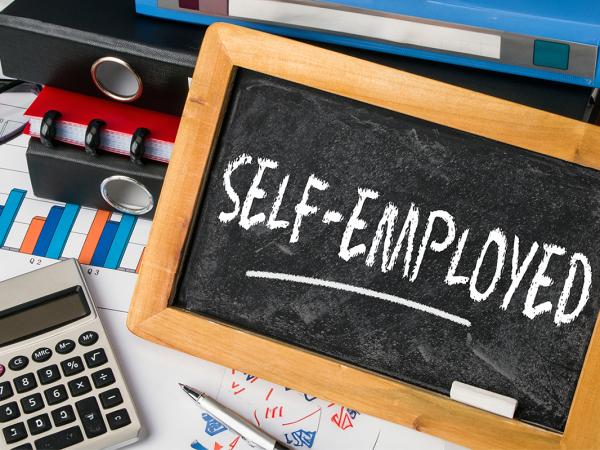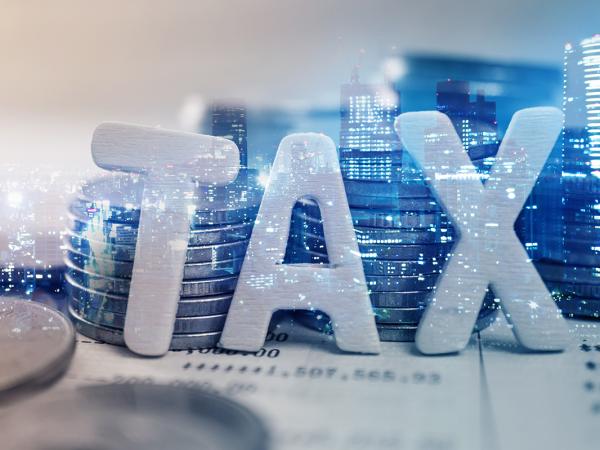Calculating self-employed profits
There are many steps to working out your taxable profits. This page explains the process.

Content on this page:
Overview
Taxable profits usually start with the profits shown by your business accounts which are then adjusted to comply with the tax rules. We explain how to prepare business accounts and how to make adjustments for tax purposes later on this page.
However, there are two situations where these calculations may not be necessary, due to the trading allowance:
- If the total income (as explained under the heading Total income below) in the tax year is not more than the trading allowance (£1,000) and you decide to use this allowance, then there is no taxable profit for the business in that tax year.
- If you decide to claim the trading allowance (£1,000) for your business expenses instead of the actual business expenses you have incurred in the tax year, then the taxable profit is simply the excess of the total trading income over the trading allowance in that tax year.
However, deducting the trading allowance cannot create a loss if your trading income is less than the trading allowance.
This is explained in more detail on our Trading allowance page.
Total income
Your total income, which is also known as your gross income, is all your business income in the accounting period. An accounting period is the period between two accounting dates. So, if you make up your accounts to, say 31 March each year, this is your accounting date and the 12 months from 1 April to 31 March is your accounting period.
Gross income is also sometimes called turnover or sales. This information should form part of your day-to-day business records and so should be fairly easy to calculate. Many small businesses or hobby traders will record their income and expenses on a cash basis and so, for many people, the gross income will be the amount of sales income received in the accounting period.
If you are a self-employed construction worker then you may have CIS (Construction Industry Scheme) deductions taken from your income before you are paid, so you need to be careful when working out your gross income. There is more information on our Construction Industry Scheme (CIS) page.
Also, if any income is earned through a digital platform, it is likely there will be fees deducted before you receive the income payment. In these circumstances, your gross income is the total income before any expense deductions by the platform.
Tips
Your total income should include any ‘cash-in-hand payments’ or tips.
Tipping is common in many lines of self-employed work. If you are a self-employed tradesperson, beautician, driver, online performer (or anything else) it is important to include all tips you receive in your sums when working out your self-employed income for your tax return. This includes tips from cash, cards or electronic apps.
If you have a main job (an employment) but make some tips from doing something different on the side, then it may be possible to use the trading allowance. But if you have an existing self-employed business and make some tips by doing something different on the side, then you may not be able to use the trading allowance as the income from all an individual's activities (such as casual earnings and self-employment income) is considered together when deducting either business expenses or the trading allowance. See our Trading allowance page for more detailed information about this, including examples of how it works.
Accounts
You need to prepare accounts so you can work out what profits or losses you have made from your self-employment. From your business records you should be able to prepare accounts which show all the income and expenses from your business in your accounting period, and therefore also the profit or loss for the period.
There are two different ways you are able to prepare your accounts. These are the accruals basis and the cash basis.
Below is an illustration of what a typical profit and loss account may look like. if your accounts look slightly different to this, that’s fine as long as you have included all the income (sales) less any business expenses (costs) so you can calculate your business profit.
ABC Services
Profit and loss account for the year ended 5 April 2024
Tax year 2023/24
|
£ |
£ |
|
| Sales (turnover or income) |
15,000 |
|
| Less cost of sales: | ||
| Product purchases/materials |
|
-1,750 |
| Gross profit |
13,250 |
|
| Less other expenses: | ||
| Marketing |
650 |
|
| Rent |
4,000 |
|
| Travel – mileage |
400 |
|
| Working at home |
120 |
|
| Sundry |
75 |
|
| Capital equipment |
1,500 |
|
|
-6,745 |
||
| Net profit |
6,505 |
It is possible that you make a loss and not a profit, and this happens if your sales income is less than your expenses. We cover losses in detail on our Trading losses page.
Taxable profits
Once you have arrived at your net profit or loss, you then need to consider the following adjustments to arrive at your taxable profits or allowable losses:
- business expenses which are not allowable for tax purposes
- capital allowances
We explain in more detail about these adjustments in the relevant headings below.
Business expenses
You may incur expenses that reduce your profit in your accounts but which HMRC do not allow you to deduct for tax purposes. You need to identify these expenses to add them back to your accounting profit so that you pay tax on them, as shown in the example below.
There is detailed guidance on expenses on our Business expenses: allowable for tax page.
Capital allowances
We explain what capital allowances are and how they are calculated on our Business expenses: capital and capital allowances page.
Once calculated, capital allowances are treated as a trading expense and are deducted from the adjusted profits as illustrated in the example below. Deducting capital allowances in this way may create a loss for tax purposes or increase a loss, as well as reduce a profit.
When profits are taxed
Once you have calculated the taxable profits in this way you will need to work out which tax year the profits will be taxed in. From the 2023/24 tax year onwards, your taxable profits will be taxed on a ‘tax year’ basis under the new basis period reform rules. The 2023/24 tax year is the transition year for businesses who do not have an accounting period ending between 31 March to 5 April, to change to the new basis.
We explain about the new tax year basis rules under basis period reform, and also the rules for tax years before 2023/24 on our dedicated page, Trading income: basis period reform.
When you have prepared your accounts and made any adjustment to arrive at your taxable profits for the correct tax year you will be able to complete your self assessment tax return so your tax and National Insurance contributions can be calculated.
More information
Our guide to self-employment is intended to supplement the material in this section. We wrote this guide to help advisers (non-tax) who advise low-income self-employed individuals, as well as self-employed people who want more detailed information in one accessible place. The guide explains the less common tax rules and contains more detailed information, including examples of accounts prepared using the accruals basis and the cash basis, and also a case study showing how to prepare accounts and what to include on your 2023/24 tax return.
Our Trading income: basis period reform page explains about the new basis period reform rules starting from the 2023/24 tax year and which could affect you if you have any unused overlap relief and/or have an accounting date which does not end on any dates between 31 March to 5 April inclusive.
Our guidance details where you can find help with completing your tax return from HMRC and other charities and non-governmental organisations.
During the coronavirus pandemic the government and local authorities supported eligible businesses through various support payments. Some of these grants were taxable income and should have been included on your self assessment tax returns such as the self-employment income support scheme (SEISS).
We have a separate section explaining how universal credit works for the self-employed.



